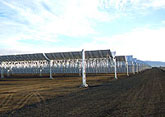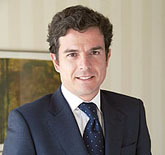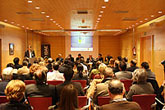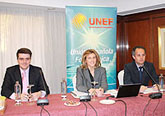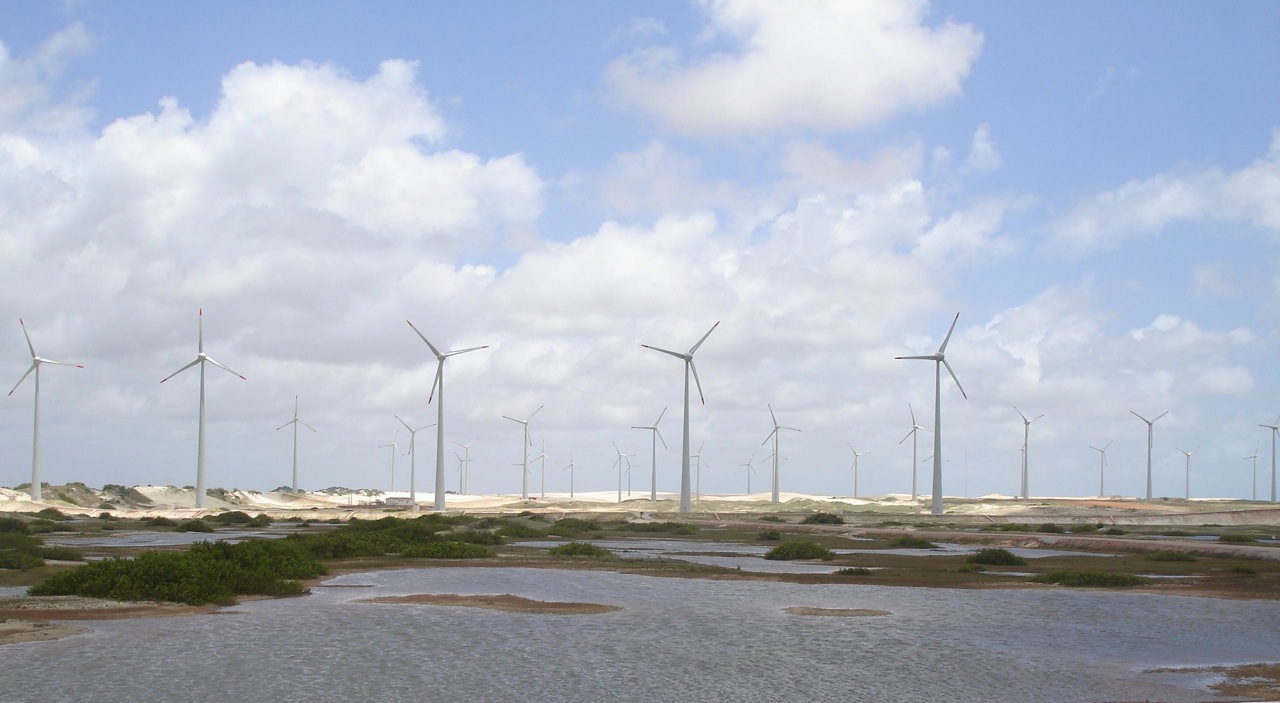The Spanish Nuclear Society celebrated the «Day of Operating Experiences» and announced that the plants are prepared for 60 years lifespan. Moreover, its president, Francisco Lopez, has confirmed that Nuclenor the owner of Garoña could request an authorization beyond 2019 if the reports being performed are favorable.
During his presentation, the president of the Spanish Nuclear Society (SNE), Francisco Lopez , explained that «one of the fundamental elements contributing to the energy mix is undoubtedly nuclear energy, which along with renewable, are two main contributors to solving the problems that we experience in the energy sector in Spain. »
Garoña power plant
The SNE says it would be positive «to keep the Garona nuclear plant open as long as possible.» So, while they explain that the decision is still «not taken» and corresponds in all cases to Nuclenor , «probably» if the reopening is requested it will be for a term beyond the 2019 deadline to «cover the investment and costs incurred for the continuity of operations» .
The amendment introduced last week by the Council of Ministers to the Regulation on Nuclear and Radioactive Facilities, is an «open door » through which Garoña, in cessation of activity since December 2012, could resume operations. Without confirming this, he assured that Nuclenor is conducting a «feasibility study «and a «thorough analysis» of the situation, although he acknowledged he ignored «for how long would the renewal request be.» In fact, its closure was due to «purely economic reasons.»
However, should this decision occur, both Iberdrola as Endesa, Nuclenor’s members may apply for renewal until July 6.
Plants lifetime of 60 years
To date, nuclear power plants in Spain have an imposed viability of 40 years, but to Francisco López, «every year investment worth 40 million euro are made in each nuclear power plant for maintenance and modernization, thus increasing their lifetime to 60 years. »
Importance of nuclear in the energy mix
The SNE has released the data provided by UNESA that state that in 2013, 287,310 million kWh have been generated, of which 56,734 are from the Spanish nuclear fleet , which means that with 7.3 % of the installed electricity capacity, 19.8% of the electricity consumed has been produced.
During the press conference, Lopez stressed the «fundamental» contribution of nuclear energy to the mix and the «high security level» of the plants, which have passed all the stress tests (a European initiative to test the resilience of plants to extreme events).
The nuclear and wind power generation sectors have constituted the two pillars of the energy mix in 2013, with 19.8% and 19.3 % production respectively, in a year marked by significant growth in hydraulic power generation from the previous year, circumstances that have favored the weight of renewable energy sources in the demand coverage that together with nuclear energy was 61 % of the CO2 emissions free coverage. According to SNE, nuclear and renewable energy should go hand in hand to ensure the power supply at a competitive cost and avoid the emission of greenhouse gases.
The Spanish Nuclear Society is a non-profit association comprised of more than 1,000 industry professionals, companies and institutions, with the aim of disseminating nuclear science and technology.
Carlos Sánchez Criado
Publicista por la Universidad Complutense. Director comercial de publicaciones técnicas del sector de la energía durante doce años. Director de Energy News Events, S.L. desde 2012 difundiendo información en Energynews.es, movilidadelectrica.com e hidrogeno-verde.es. Y por supuesto, organizando eventos como VEM, la Feria del Vehículo Eléctrico de Madrid.















